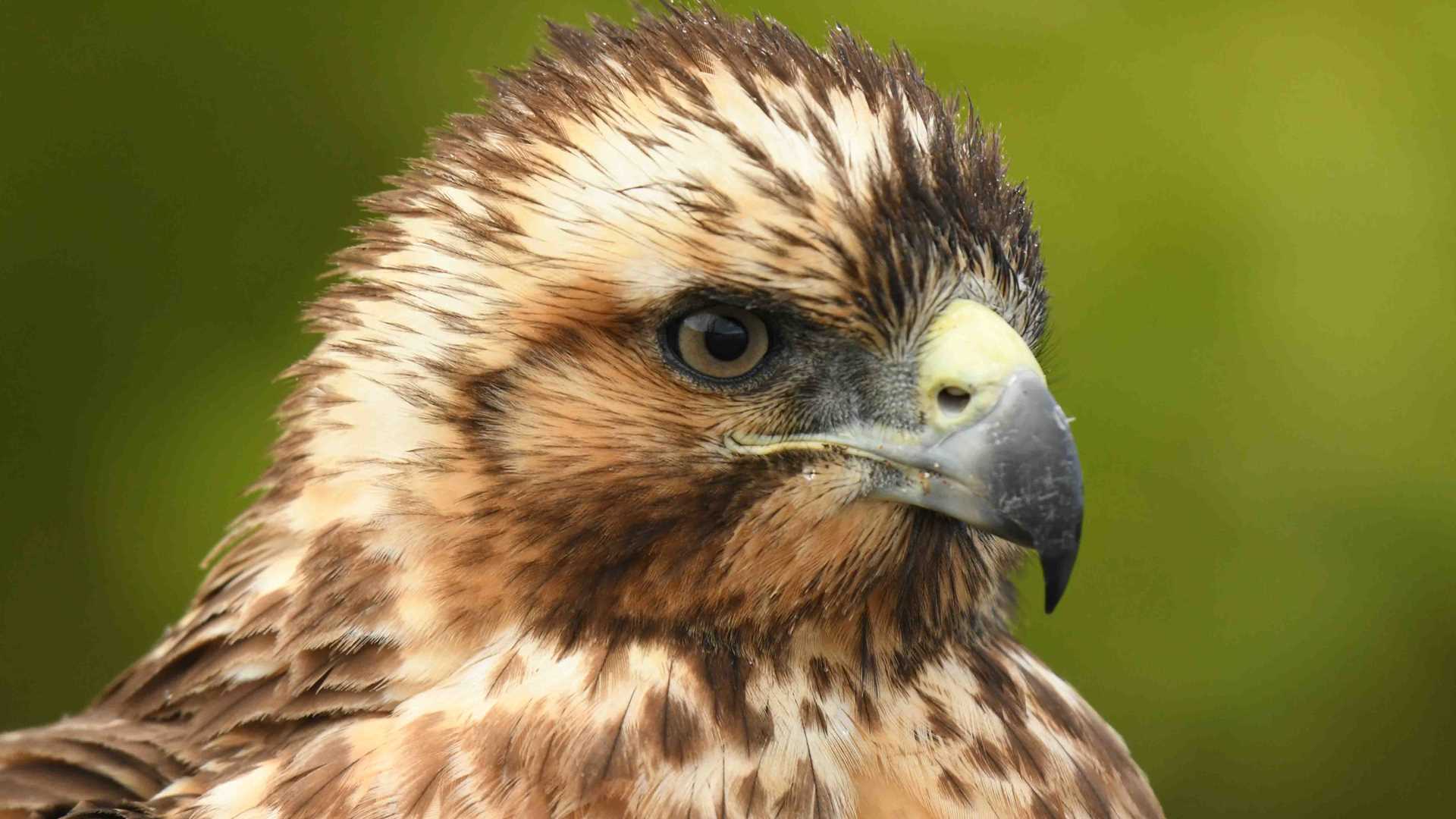Early in the morning we set foot on Espumilla Beach on Santiago Island. Santiago had three names given by visitors over three hundred years ago: James, San Salvador, and Santiago. Today all are still in use. Espumilla Beach is a great place to see sea birds such as blue-footed boobies, or pelicans fishing along the coast. We had a nice surprise finding five juvenile Galapagos hawks resting on the branches of a very common tree known as bottom mangrove. They were preening themselves and practicing their techniques to hunt ghost crabs.
The garua (mist) season, which we are now in, is very dominant early and late in the day. This type of drizzle wets the vegetation and provides the essential water to survive the dry season. After exploring this fascinating place, we returned to National Geographic Islander for breakfast. The water was very calm and some of our avid explorers took a Zodiac ride along the coast of Buccaneer Cove, a historic place where Charles Darwin, considered the father of evolution, disembarked HMS Beagle and camped for nine days collecting specimens for later study. Along the shoreline, the scenery was very colorful. One could see an impressive volcanic formation made of tuff, pyroclastic material, and lava of different minerals. Some fur sea lions rested in crevices and sea birds sat comfortably on cliffs.
Other guests opted to go snorkeling. For them, the highlight of the visit was seeing a big Galapagos shark, white-tipped reef sharks, plus a school of eagle and golden rays. Multicolor fish were seen everywhere and attached to rocks were many types of sea urchins and sea stars. In the afternoon, we headed not too far away to Puerto Egas. We disembarked on an inorganic black beach made of pieces of basaltic rock. Here sea lions were relaxing, and Sally lightfoot crabs decorated the area with their vibrant red color against the black lava. Swimming and snorkeling were a lot of fun for all participants, and our young global explorers enjoyed playing, jumping and diving from Zodiacs, and building sand castles.
Later, we explored the interior of the island to spot some endemic plants. We reached a beautiful area called ‘The Grotto’ where a large colony of fur sea lions live. At this point, the tide was low along the coast and this exposed the intertidal zone. Many saltwater pools were seen with little fish such as blennies and mullets. We also saw crabs, snails, anemones, and other microscopic elements that are food for migratory birds like plovers and ruddy turnstones.
The golden sun bathed us in picturesque warm light. Some female sea lions were resting with their pups on the tepid lava, while marine iguanas struggled with the forces of the tide, moving rocks and eating algae. We ended our walk in the interior of the island and headed back to the beach, but our guest enjoyed every single moment absorbed in the magic of the Galapagos. We boarded our Zodiacs as the sun continued to fall below the horizon. To end our evening, we took our guests to the bow of the ship and highlighted the constellations that were visible from the Equator: Southern Cross, Big Dipper, Scorpio, and some planets such as Mars, Venus and Jupiter. After stargazing, we enjoyed the day’s cocktail and concluded another marvelous day.







